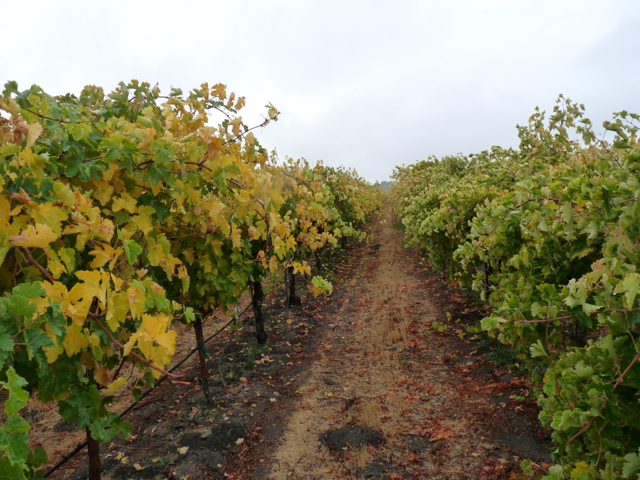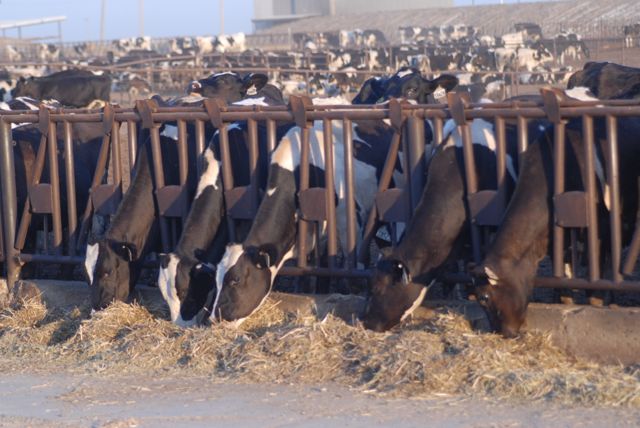Joel Nelsen on Zero Water Allocation
Joel Nelsen, President of the California Citrus Mutual,
Shares Viewpoints on the Zero Water Allocation
The definition of balance at the State and Federal level is once again highlighted by an announcement from the Bureau of Reclamation that producers south of the Delta will again receive zero allocation for surface water and everything and everybody else gets something. “Two years in a row zero allocation is the message while other parties receive an allocation for farming, the environment or municipal needs and that is the definition of balance by federal decision makers which questions how they define balance,” states CCM President Joel Nelsen
Two weeks ago State Water Resources Control Board Executive Director took it upon himself to override environmentally friendly fish agencies and not allow additional pumping designed to assist citizens south of the Delta. “His statement that real data is not fool proof and he would exercise his judgment runs parallel to the federal policy which is unacceptable but consistent, that producing food is not a priority!
Since 1992 over seven million acre feet of water has been transferred away from landowners in the Southern San Joaquin Valley with no accountability as to the environmental successes achieved. Since 1992 those sourcing water from the Friant system have been paying additional dollars per acre foot for environmental enhancements with no accountability. The state of California has over 320 species listed as endangered and yet all the efforts have not led to one species being removed from the ESA list. “Just give more is the answer and state and federal officials remove prime agricultural land from production to accomplish what?”
Preserving the Delta from salt water intrusion is a priority according to the CCM President but “preserving smelt so that they can be consumed by predator fish or toxins dumped thereby requiring more water is unacceptable. Establishing cold water habitats with warm water is ludicrous.”
“We have to be the only state in the nation and the only nation on earth establishing policies that destroys the production of food. That’s a legacy these two administrations must explain,” he concluded.



















